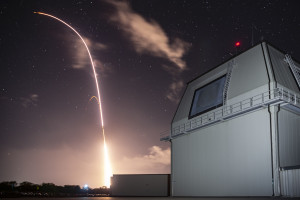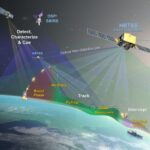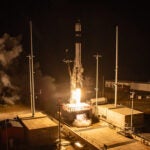
President Donald Trump plans to unveil the Defense Department’s missile defense review Jan. 17 at the Pentagon after months of delays, a senior White House official said Jan. 16. This will be the first missile defense review issued since 2010, and reflects the “more complex, more threatening national security environment” that has emerged in the years since, the official told reporters on background Wednesday afternoon. It was originally scheduled to be released in May 2018. Peer adversaries have been developing…

 By
By 









